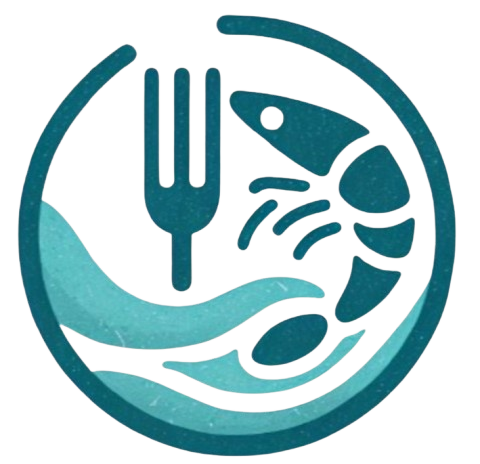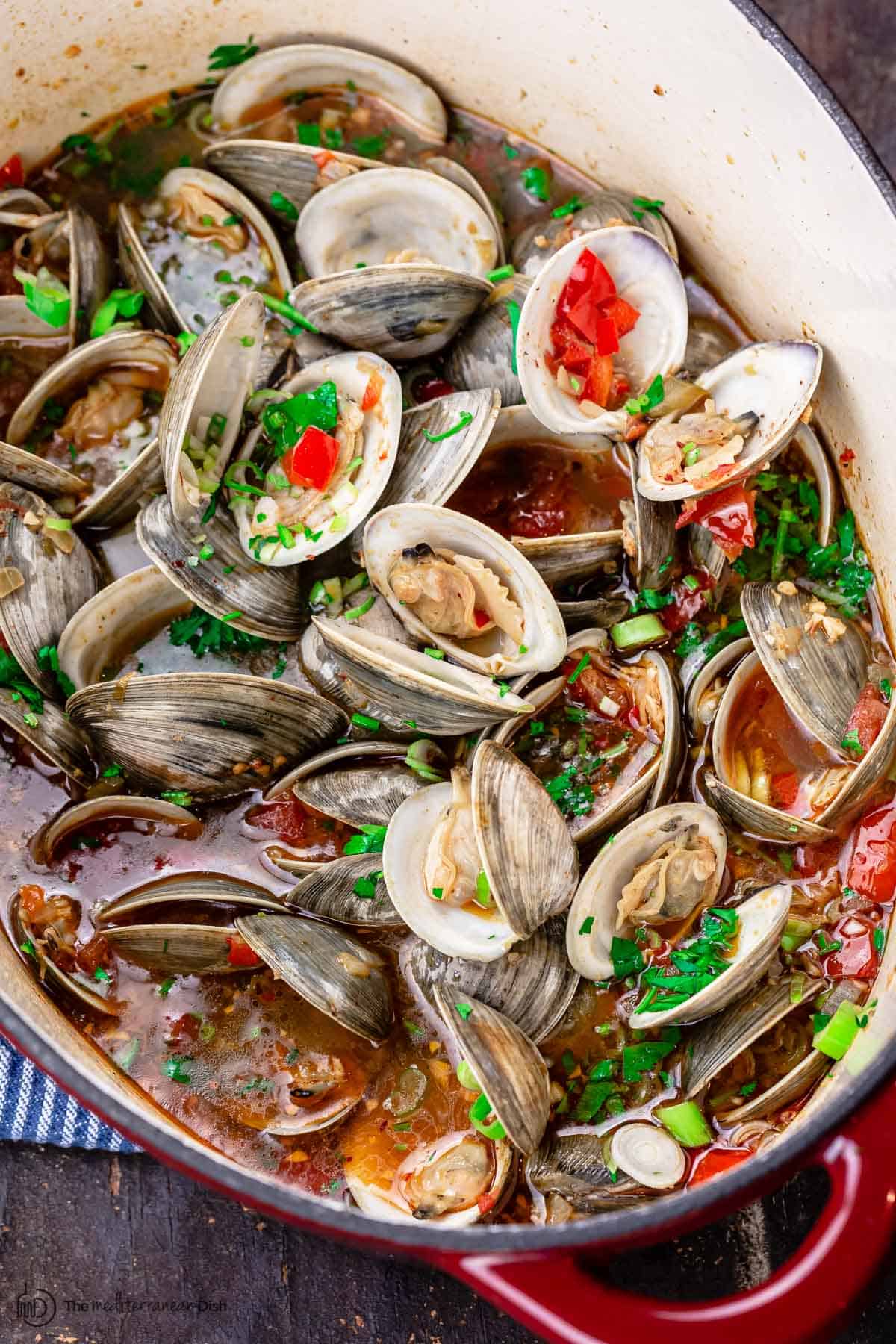
We delivers value by adopting the best global practices by procuring directly from the fishermen and providing fresh fish & seafood in India straight to the consumer via seamless cold chain logistics, maintaining the freshness & quality of the fish and seafood.
Our fish and seafood are sourced directly and ethically. We do not use any preservatives or harmful chemicals. Come taste the freshness with India Fish Company

You raise an interesting point! The freshness of seafood can indeed be misleading. While fresh fish sounds appealing, much of the fish labeled as "fresh" in markets has been transported long distances, often losing quality and flavor in the process. After being caught, the fish is typically stored on ice, which doesn’t stop deterioration but merely slows it down.
Frozen fish, on the other hand, is often flash-frozen right after it's caught, locking in its freshness and nutrients. The freezing process preserves the fish in its optimal state, maintaining flavor, texture, and nutritional value for a much longer period. In many cases, frozen fish can actually be better than "fresh" fish that’s been sitting around for days.
Also, frozen fish tends to be more convenient, as it's available year-round, and you can store it for months without worrying about spoilage. That said, the quality of both depends on handling, storage, and the method of freezing or refrigeration.
So, in some cases, frozen fish can indeed be a better option compared to "fresh" fish that’s been on a long journey to the market!

Exactly! The convenience factor of frozen sea food is a huge plus. When you buy frozen sea food, it’s typically already cleaned, dressed, and ready to cook. That means no mess, no fuss, and no wasted time—just defrost and get to cooking. For people with busy lives or those who don’t want to deal with the hassle of cleaning fish, frozen fish is a game-changer.
On the other hand, buying fresh sea food as a whole can be more work. Cleaning and gutting it requires time and effort, and as you mentioned, there’s the added issue of waste—scales, bones, and innards that are often discarded.

You’re spot on! Fresh fish is incredibly perishable. Even though it’s kept on ice, it still has no real shelf life once it hits the market. Ice can slow the decay process, but it doesn’t stop it completely. As soon as the fish starts to warm up even slightly or if it’s kept on ice for too long, bacterial growth accelerates, and you can quickly notice the telltale fishy smell, which is a sign of spoilage.
The fact that fish starts decaying almost immediately after it’s caught makes it much trickier to manage. If it's not consumed within a short window—usually a day or two—it can go bad fast, even with refrigeration or ice.
ish that’s been on a long journey to the market!
Sea food is a fantastic source of nutrients that are great for your health. Zinc plays a crucial role in supporting the immune system, as you mentioned. It helps in repairing damaged cells and also supports the production and function of white blood cells, which are essential for fighting off infections. Regular consumption of zinc-rich foods like prawns can contribute to maintaining a strong immune system.
Plus, prawns/fish are rich in Omega-3 fatty acids, which are well known for their anti-inflammatory benefits and support for heart health. Omega-3s can also help in maintaining cognitive function, reducing the risk of chronic diseases, and improving overall well-being.

Seafood that is hygienically prepared ensures safety and freshness, free from contaminants. Ready-to-cook options save time and reduce the mess, making meal prep simple and quick. Proper handling, storage, and packaging guarantee that it remains free from bacteria and spoilage. With pre-cleaned, antibiotic-free seafood, you can enjoy healthy, convenient meals with peace of mind.






